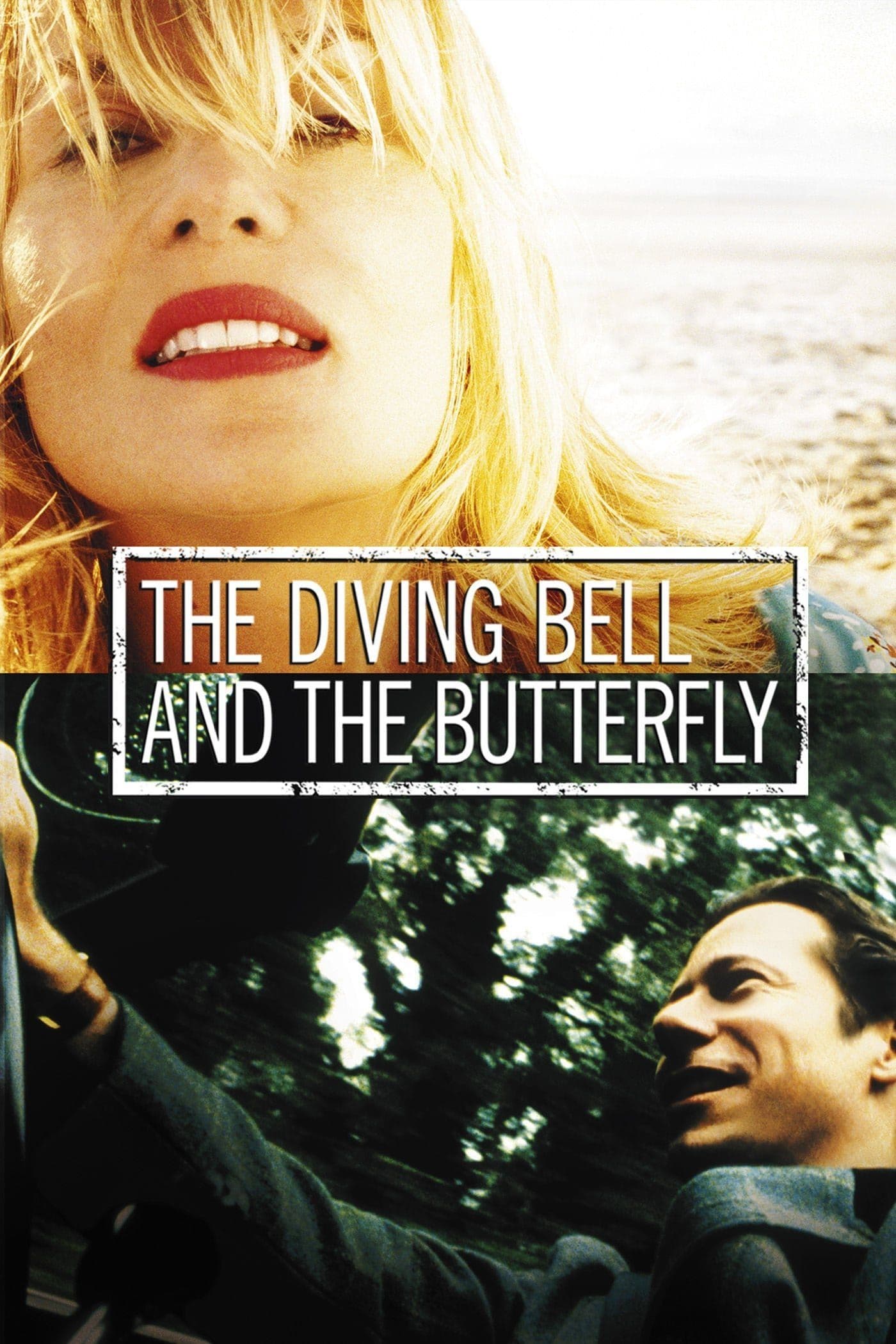
The Diving Bell and the Butterfly
2007
Rate this movie
Average: 0.00 / 5
(0 votes)
Director
A film that touches upon emotionally vibrant themes without ever descending into the rhetoric of self-serving sentimentality, or, worse, affected pity.
Julian Schnabel's The Diving Bell and the Butterfly is a great film primarily because it places the viewer inside the protagonist's flesh-and-blood diving suit without demanding anything in return, a mere didactic exercise to observe the flow of surrounding reality through his single eye and immerse oneself in his imprisoned vitality. Schnabel, a painter before a director, imprints upon the film a tactile and visual depth that mirrors his neo-expressionist sensibility, translating onto the screen not just the story but Bauby's sensory experience. The camera does not merely frame; it becomes Jean-Dominique's surviving eye, a diaphragm through which the external world – initially chaotic and blurred, then slowly brought into focus – reveals itself in all its rawness and unexpected beauty. This masterful use of point-of-view is not a mere stylistic device, but a true sensory immersion that evokes claustrophobia and, simultaneously, a dizzying opening onto the character's inner dimension, recalling the audacity of certain cinematic experiments that explore altered states of consciousness, while maintaining a firm anchor in emotional reality.
Based on Jean-Dominique Bauby's splendid autobiographical book, the film recounts the life of a man, a brilliant editor-in-chief of Elle, who, after losing the use of his body, speech, and one eye due to a stroke, is immobilized in a bed and observes life unfolding around him. The narrative does not limit itself to a mere chronicle of his clinical condition, Locked-in Syndrome, but delves into the intricacies of memory and imagination, which for Bauby become the only escape routes from an inexorable bodily prison. One perceives the vertigo of immobility and the paradox of a hyperactive mind, hungry for life, confined within a silent body.
From initial bewilderment to the realization that "the body's diving suit will not prevent the soul's butterfly from emerging and communicating," Jean-Dominique thus describes his condition in the book that he painstakingly, yet with implacable tenacity, dictated to his companion by indicating the letters of words to be written with his gaze. This exhausting creative process, which in some ways recalls Proust's "recherche" of lost and rediscovered memory through writing, is not just a chronicle of survival, but an exaltation of imagination as the ultimate frontier of the self. The genesis of the book itself is a tale of moving resilience: every blink, an epic battle against silence, a step towards recomposing a shattered world. It is not only the story of how a man imprisoned in his body managed to communicate, but of how he succeeded in transforming that very limitation into a unique opportunity for artistic expression, turning his agony into pure literature.
The protagonist is left with that single eye through which to communicate with the outside world, but it is a passage towards a new world to be rediscovered and slowly savored. It is through this "slight aperture" that Jean-Dominique's sensory universe redefines itself: sounds take on a new resonance, the faces of loved ones become icons of deep attachment, and even the most mundane daily observations acquire a metaphysical weight. It is a journey that challenges our very perception of normality and disability, elevating communication to an almost mythopoetic act. Mathieu Amalric, in his titanic performance, is not called upon to make grand movements or verbal dialogues, but succeeds in conveying an entire universe of thoughts, regrets, joys, and hopes through the subtle expressiveness of that single eye and the inflections of his voice-over. His performance is a monument to the actor's ability to evoke the ineffable, to make tangible the inner life of a man condemned to immobility.
Through this slight aperture, he will explore the world with a childlike spirit; he will be moved, and he will move us. It is no coincidence that Schnabel, with his vibrant aesthetic, succeeds in translating Bauby's inner struggle into images, the conflict between the bodily prison and the indomitable freedom of the mind. His shots, at times almost impressionistic in their way of capturing light and atmosphere, capture the essence of a life that, though deprived of everything, does not relinquish its vital force. It is a cinematic canvas painted with the ink of the soul, where every gaze, every breathless sigh, becomes a sign, a message, a declaration of existence.
An extraordinary film with an actor absolutely equal to the script, which stands out not only as a hymn to human resilience, but also as a work of art that redefines the boundaries of cinematic narration, inviting the viewer to look not only with their eyes, but with the depth of their soul.
Countries
Gallery
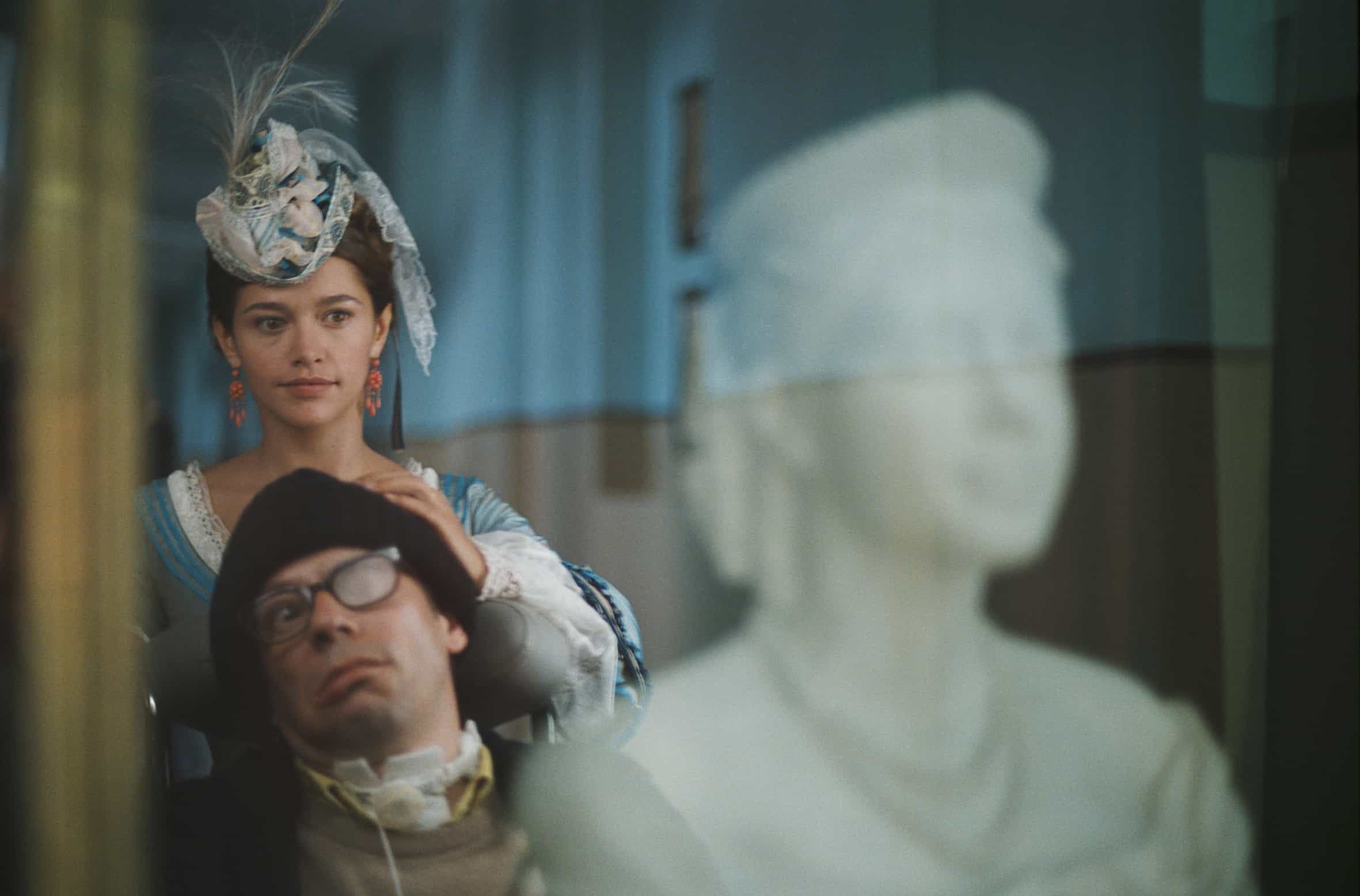
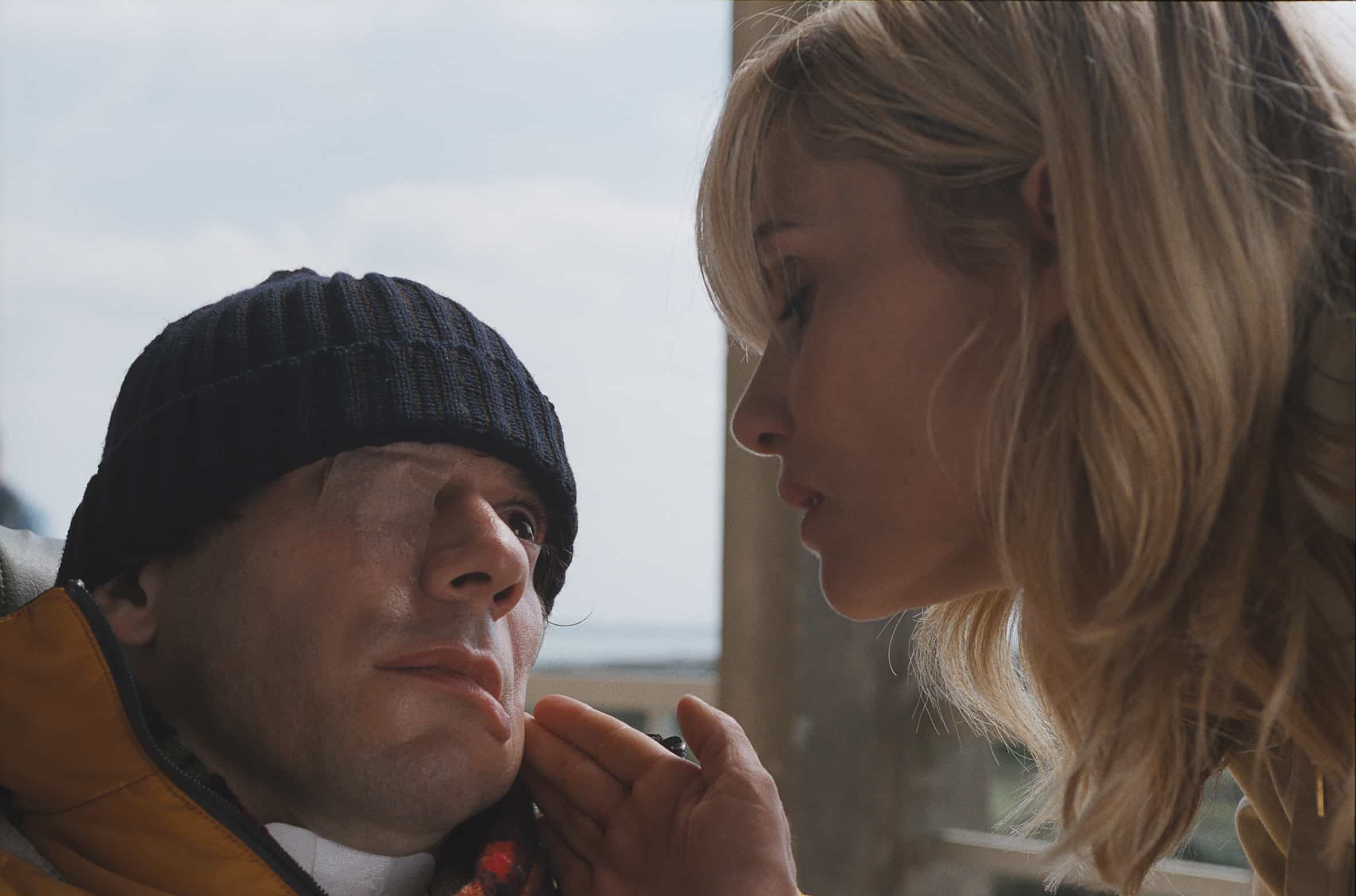
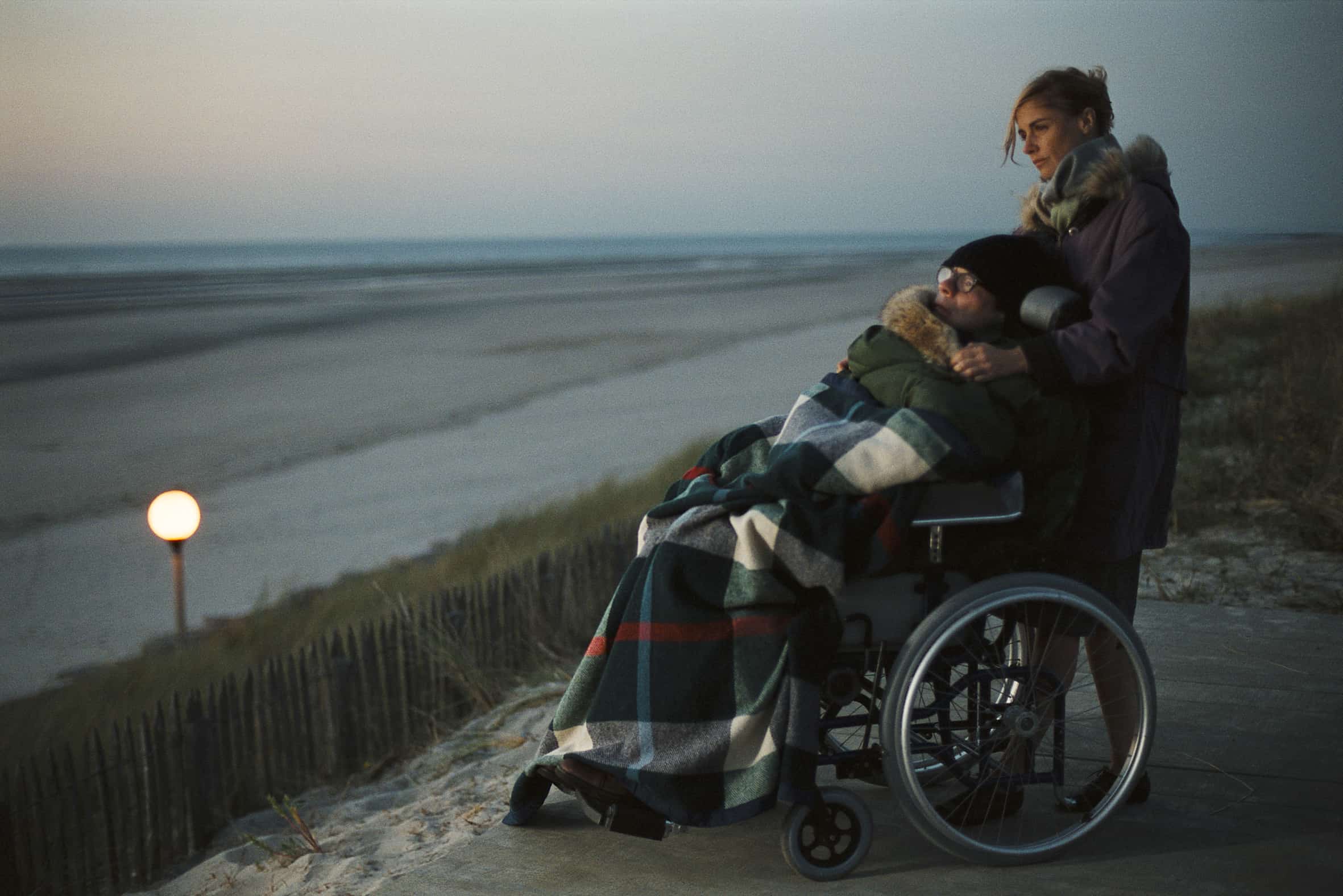
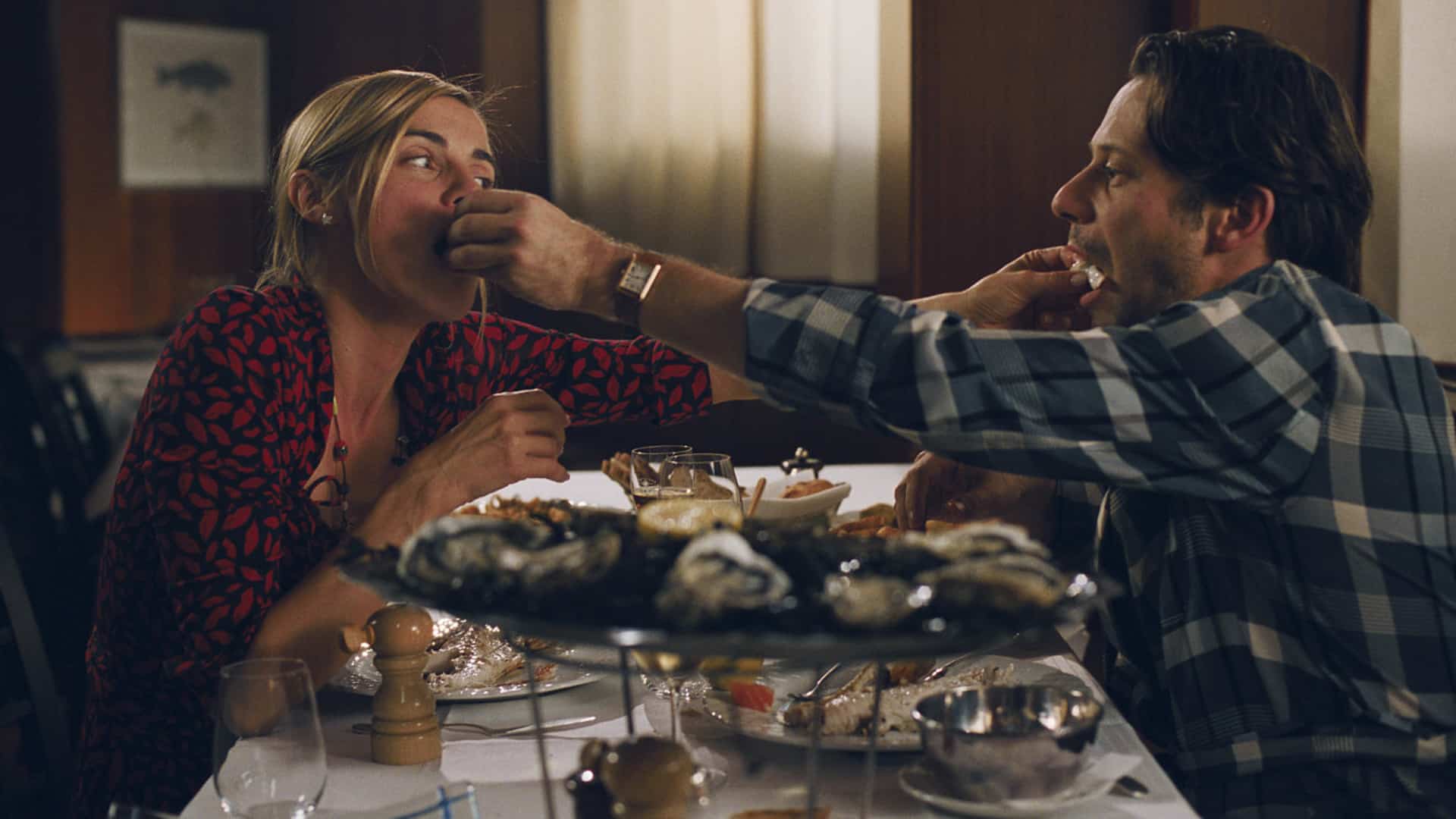

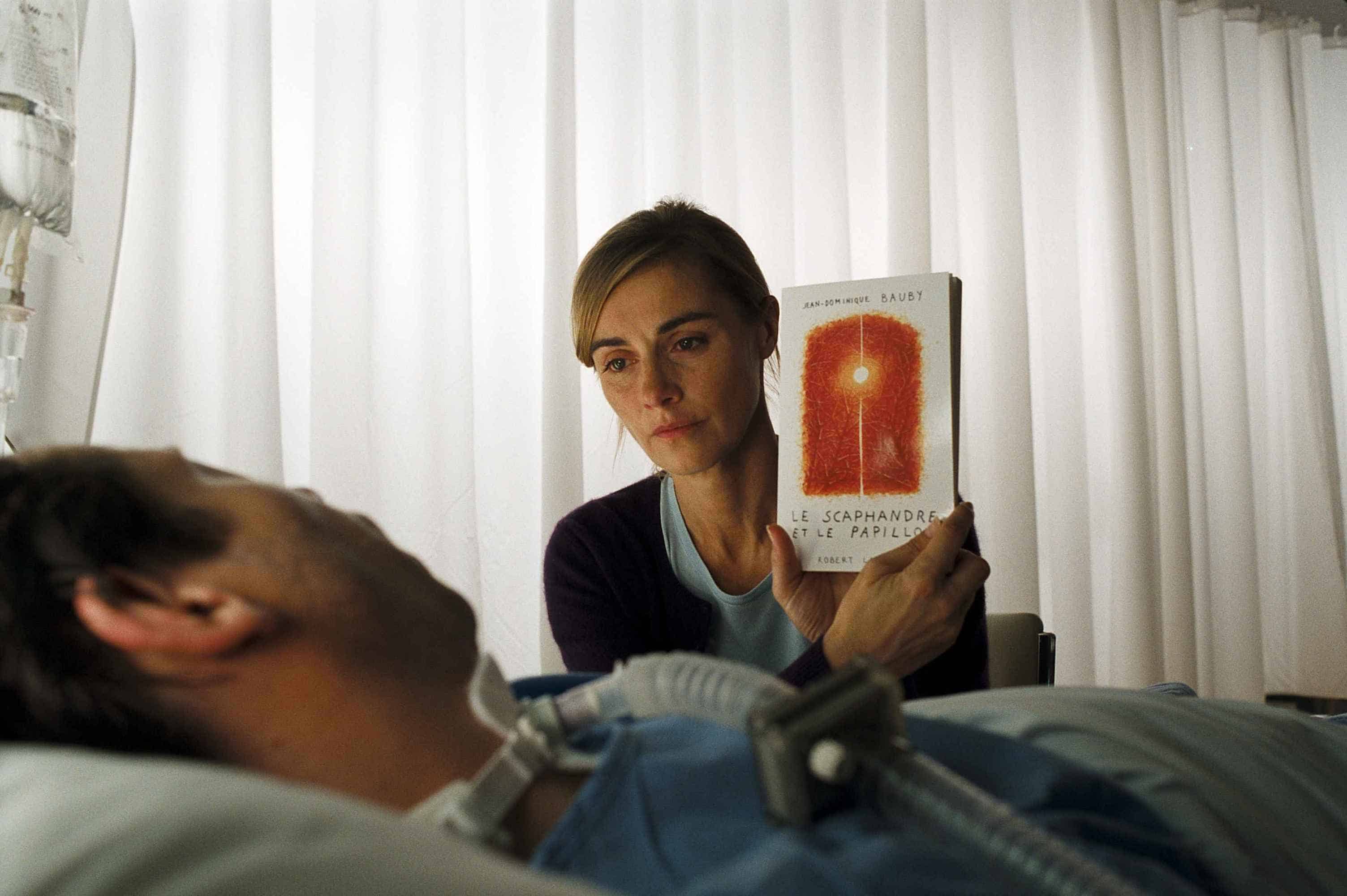
Featured Videos
Official Trailer
Comments
Loading comments...